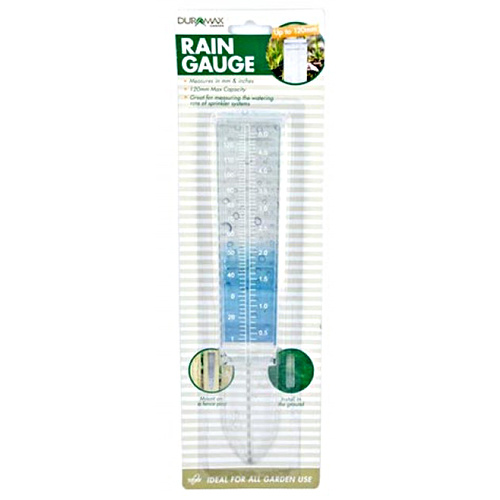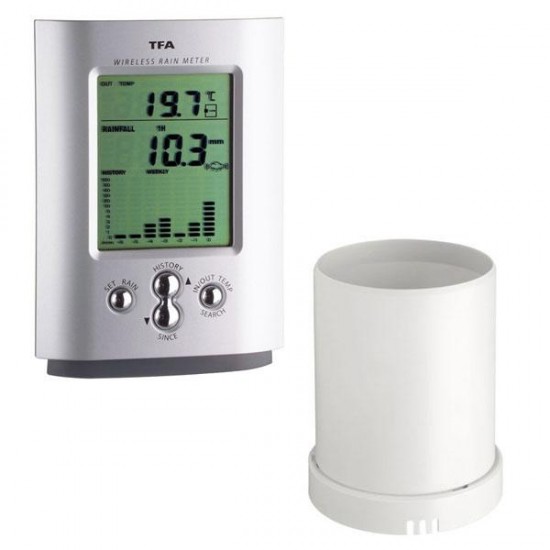


Version 2.1 - Updated variable types to optimize bytes used and fixed rainBucket array size issue If it is commented out it will displayĪ cumulative total rainfall (day4 = day1+day2+da圓+day4 etc) Uncomment #define USE_DAILY to display individual daily rainfall. * Optionally send total accumulation of each day's rainfall or send only individual days rainfall totals. * Optional Temp/Humidity (DHT-22 or DHT-11) and Light LUX (BH1750) sensors. Of data to EEPROM (Circular Buffer to maximize life of EEPROM) * Will retain Tripped/Not Tripped status and data in a power interruption, saving small amount * Configuration changes to Sensor device updated every hour * Displays the last 5 days of rain in Variable1 through Variable5 * Allows you to determine the tripped indicator window up to 120 hours. * Allows you to set the rain threshold in mm The other,Ī sensor that changes state if there is recent rain (up to last 120 hours) above a threshold. One will display your total precipitation for the last 5 days. This sketch will create two devices on your Gateway you can measure and sense local rain. Utilizing a tipping bucket sensor, your Vera home automation controller and the Last updated by mfalkvidd,, " Replace MY_RADIO_NRF24 with MY_RADIO_RF24" /* mysensors/MySensorsArduinoExamples/examples/RainGauge/RainGauge.ino Note: If you are using a Vera home automation controller you can find the required files here: DemonstrationĪ video showing how to setup your own rain gauge.

You can read the background story on the forum. The example also contains some optional light, humidity and temperature sensors that can be removed if you want to keep it simple.īig thanks to BulldogLowell and PeteWill for creating and documenting this great project. The DIY tipping bucket 3D model created by BulldogLowell can be found here. Need help calculate your own funnel construction? Have a look here. Each tip is registered and this data is transmitted to your controller.īy measuring the funnel opening and bucket size you can calculate the amount of rain that has fallen.

When one bucket is full it tips out the water and the second bucket starts to fill up. The principle behind this is quite simple When it rains a funnel collects water into two tiny "buckets". You can either print the 3D model yourself or MySensorize some cheap tipping bucket hardware found below. Here you will learn how to make your own wireless "tipping bucket" rain sensor.


 0 kommentar(er)
0 kommentar(er)
